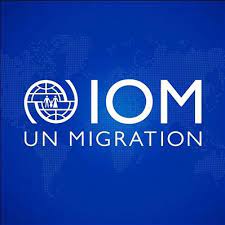A new study conducted by IOM and the Catholic University of Peru
sheds new light on human trafficking for labour exploitation in
illegal logging and gold mining in the Madre de Dios region of the
country.
Peru is a country of origin, transit and destination for human
trafficking with a predominance of internal trafficking of women
for sexual exploitation. However, children and men are often
trafficked to work in the mining, logging and agricultural
industries.
The Madre de Dios region in southeastern Peru bordering Brazil
and Bolivia is a sparsely populated and isolated area with vast
natural resources, including precious woods and gold. In the
past five years the area has received more than 20,000 internal
migrants, leading researchers to believe that attractive job offers
are leading poor Peruvians from neighbouring regions to fall prey
to human traffickers.
The study confirmed that 90 per cent of the victims are men from
the high-Andean region who are trafficked to work in illegal
logging activities and the informal gold mining sector.
Twenty per cent of the males trafficked are boys between 12 and 14
years old.
“The men receive false employment offers and end up incurring
large debts that force them to work indefinitely without any salary
in order to pay off the supposed debt,” explains Dolores
Cortés, coordinator of the research and IOM’s Regional
Counter-Trafficking Specialist.
The same tactics are employed to entrap victims who are
exploited to work in the chestnut harvest, as well as for sexual
exploitation and organ removal.

